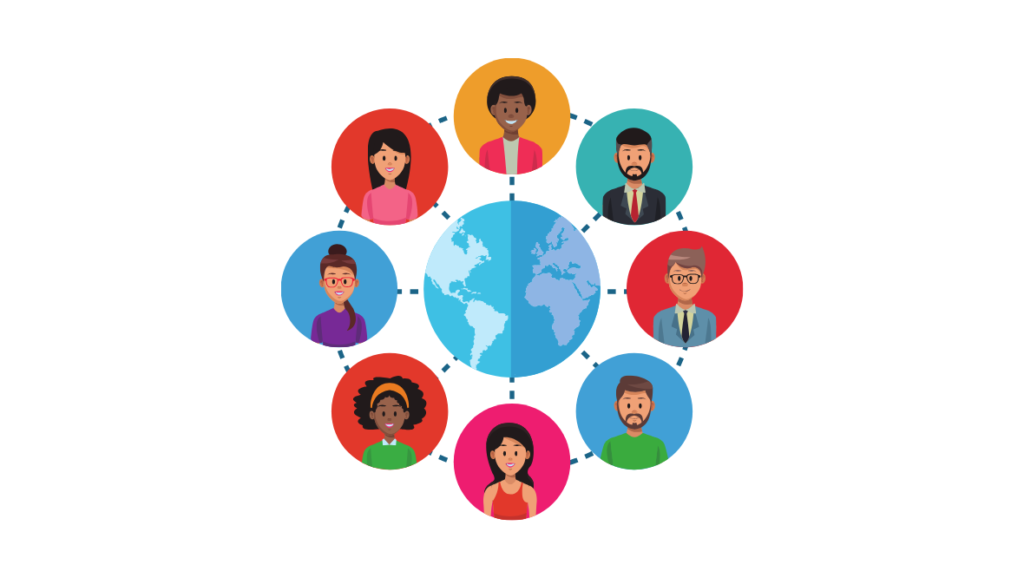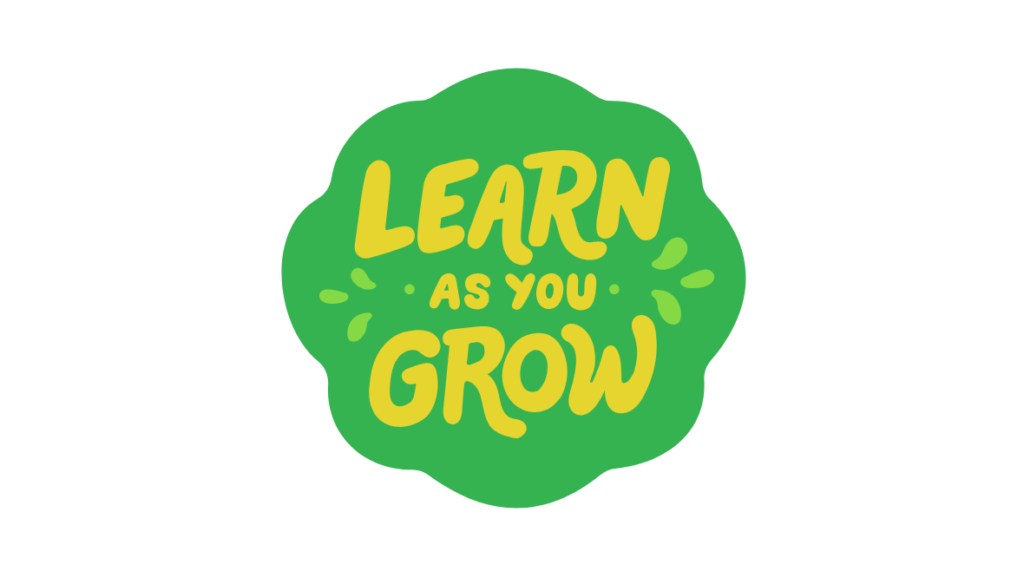7 Key Drivers: The Motivation Behind Stakeholder Engagement

Explore the reasons propelling stakeholder engagement. Learn about 9 key drivers shaping impactful connections and business success.
- What is Stakeholder Engagement?
- Driver #1: Amplifying Positive Impacts, Mitigating Adverse Effects
- Driver #2: Bridging Interests, Fulfilling Societal Responsibilities
- Driver #3: Performance Review through Engagement
- Driver #4: Understanding Impacts, Shaping Decisions
- Driver #5: Increased Transparency and Credibility
- Driver #6: Resolving Conflicts
- Driver #7: Stakeholder Insights and Continuous Learning
- Related Posts
In today’s business environment, organizations face a complex landscape where their success hinges not just on internal operations but also on their relationships with diverse stakeholders. This is where stakeholder engagement emerges as a critical tool, fostering dialogue and collaboration for mutual benefit.
But what motivates organizations to initiate stakeholder engagement? This article defines seven key drivers that initiate organizations to pursue stakeholder interaction followed by incorporating stakeholder engagement in their operations as a long-term sustainability strategy.
What is Stakeholder Engagement?
Stakeholder engagement involves an interactive dialogue between an organization and its various stakeholders. This dynamic exchange offers valuable insights, helping organizations fulfill their social responsibility by making informed decisions. Engagement can be executed in various ways, whether initiated by the organization or in response to stakeholder concerns. Also, it can occur in formal or informal settings, ranging from individual meetings to public hearings and online forums, etc.

Driver #1: Amplifying Positive Impacts, Mitigating Adverse Effects
One of the most powerful motivators for stakeholder engagement lies in its ability to shape the organization’s impact on the world. By engaging with diverse voices, organizations gain invaluable insights into the social, environmental, and economic consequences of their decisions and activities. This knowledge empowers them to:
- Maximize positive impacts: Stakeholder engagement can help identify opportunities to enhance the organization’s positive contributions to society. This might involve collaborating with communities to address local needs, partnering with NGOs to promote sustainability initiatives, or developing products and services that address pressing social challenges.
- Minimize negative impacts: Proactive engagement allows organizations to anticipate and mitigate potential adverse effects of their decisions. By understanding stakeholder concerns early on, they can implement preventive measures, address grievances effectively, and foster trust and collaboration in resolving issues.
- Build shared value: Collaborative engagement creates a platform for stakeholders and the organization to work together towards mutually beneficial outcomes. This can lead to innovative solutions, improved resource allocation, and a more equitable distribution of benefits and burdens.

Driver #2: Bridging Interests, Fulfilling Societal Responsibilities
In today’s interconnected world, organizations no longer operate in isolation. Their actions ripple outwards, impacting the lives and well-being of diverse stakeholders. Stakeholder engagement plays a crucial role in bridging the gap between the interests of these groups and the broader societal responsibilities of the organization.
By engaging with stakeholders, organizations gain a deeper understanding of their interconnectedness with the social fabric. They learn about the specific needs, concerns, and aspirations of their employees, customers, communities, and other groups they impact. This knowledge empowers them to:
- Align their actions with societal values: Stakeholder engagement fosters a dialogue around the organization’s role in addressing broader societal challenges. This can lead to aligning business practices with ethical principles, human rights standards, and environmental sustainability goals.
- Embrace shared responsibility: Engaging with stakeholders allows for a collaborative approach to addressing complex societal issues. Organizations can leverage the expertise, resources, and perspectives of stakeholders to create solutions that benefit everyone involved.
- Build trust and legitimacy: By demonstrating a commitment to understanding and addressing stakeholder concerns, organizations build trust and legitimacy within the communities they operate in. This enhances their social license to operate and fosters long-term sustainability.

Driver #3: Performance Review through Engagement
Stakeholder engagement isn’t just about shaping future actions; it’s also a powerful tool for reviewing and improving an organization’s current performance. By opening a dialogue with stakeholders, organizations gain valuable feedback on their strengths, weaknesses, and areas for improvement.
Engagement can serve as a mirror, reflecting back the organization’s impact from diverse perspectives. Stakeholders can provide insights into:
- Effectiveness of existing initiatives: Do programs and policies truly address stakeholder needs and concerns?
- Efficiency of operations: Are resources and processes optimized to deliver value for both the organization and stakeholders?
- Alignment with stated values: Does the organization’s behavior match its commitments to social responsibility, sustainability, and ethical practices?
Where corporate social responsibility is a process by which companies manage their relationships with a variety of stakeholders who can have a real influence on their licence to operate, the business case becomes apparent. Thus, it should be treated as an investment, not a cost, much like quality management. They can thereby have an inclusive financial, commercial and social approach, leading to a long-term strategy minimizing risks linked to uncertainty.
Green Paper: Promoting a European Framework for Corporate Social Responsibility, European Commission
This multi-faceted feedback allows organizations to:
- Identify blind spots: Uncover areas where internal assessments may have missed crucial information or misjudged stakeholder perceptions.
- Benchmark performance: Compare their actions against stakeholder expectations and industry best practices.
- Develop targeted improvement plans: Prioritize areas for improvement based on stakeholder feedback, leading to more effective and impactful strategies.

Driver #4: Understanding Impacts, Shaping Decisions
Organizations often face decisions with far-reaching consequences for themselves and their stakeholders. Stakeholder engagement provides a vital tool for navigating this uncertainty by offering valuable insights into the potential impacts of their decisions.
By engaging with diverse stakeholders, organizations gain a deeper understanding of:
- The interconnectedness of their activities: Stakeholder perspectives shed light on how decisions ripple outwards, affecting different groups in different ways. This awareness helps organizations anticipate potential unintended consequences.
- The specific needs and concerns of stakeholders: Engaging directly allows organizations to understand how specific decisions might impact the well-being, rights, and interests of various stakeholders.
- Potential risks and opportunities: Stakeholder feedback can highlight potential challenges and risks associated with a decision, while also revealing opportunities for positive impact and collaboration.

Driver #5: Increased Transparency and Credibility
Today, transparency and trust are essential currencies for modern organizations. Stakeholder engagement serves as a powerful tool for amplifying transparency and bolstering the credibility of their communications.
By engaging in open and honest dialogue with stakeholders, organizations demonstrate their commitment to:
- Sharing information comprehensively: Engagement opens avenues for sharing information beyond traditional channels, ensuring stakeholders have access to relevant data, plans, and progress updates.
- Addressing concerns head-on: Proactive engagement allows organizations to acknowledge and address stakeholder concerns early and transparently, preventing misunderstandings and fostering trust.
- Being accountable for their actions: Engaging in two-way communication creates a platform for stakeholders to hold organizations accountable for their promises and commitments, promoting responsible and ethical behavior.

Driver #6: Resolving Conflicts
Stakeholder engagement isn’t just about forging harmonious relationships; it’s also a powerful tool for navigating the inevitable conflicts of interest that arise in any complex organization. Whether between the organization and its stakeholders or between different stakeholder groups themselves, engagement provides a platform for constructive dialogue and conflict resolution.
By engaging with diverse stakeholders, organizations gain a nuanced understanding of:
- The nature of conflicting interests: Open communication allows for a deeper understanding of the underlying needs, concerns, and values driving conflicting positions.
- Potential solutions and compromises: Stakeholder engagement allows for exploring alternative solutions, identifying compromises that address the needs of all parties involved.
- Building trust and mutual respect: Through open dialogue and a genuine commitment to addressing concerns, organizations can foster trust and respect, even amidst conflicting interests.

Driver #7: Stakeholder Insights and Continuous Learning
Continuous learning is crucial for organizational success. By engaging with stakeholders, organizations gain access to a wealth of knowledge and experience beyond their internal operations:
- Emerging trends and challenges: Stakeholders can offer crucial insights into emerging trends, societal shifts, and potential challenges that the organization may not have fully recognized.
- Innovative solutions and ideas: Engaging with diverse stakeholders fosters a vibrant exchange of ideas, opening doors to innovative solutions and approaches to existing problems.
- Feedback on current practices: Stakeholders provide valuable feedback on the effectiveness of the organization’s current practices, highlighting areas for improvement and untapped potential.


